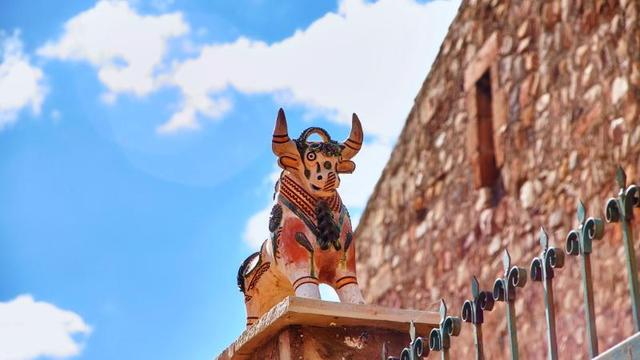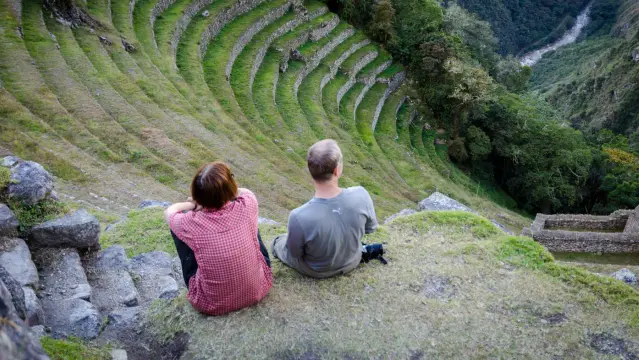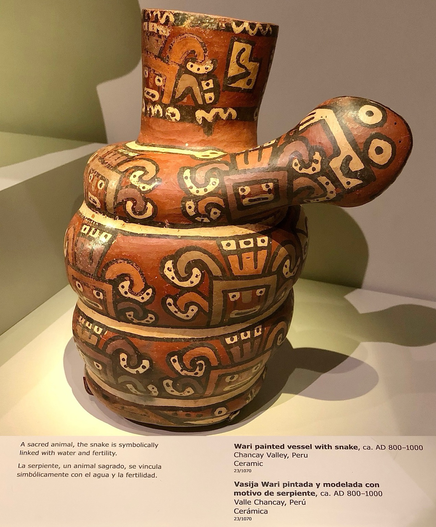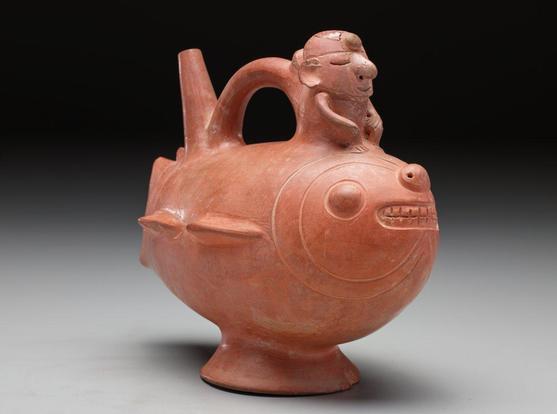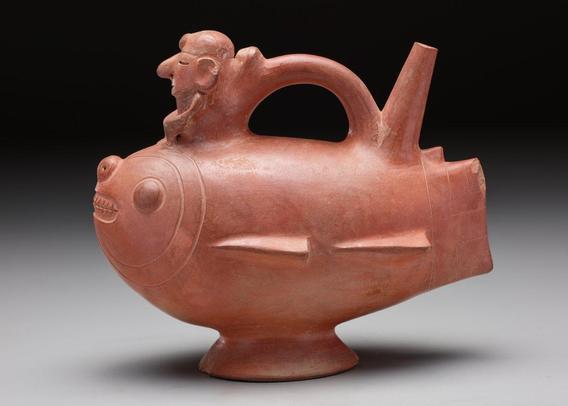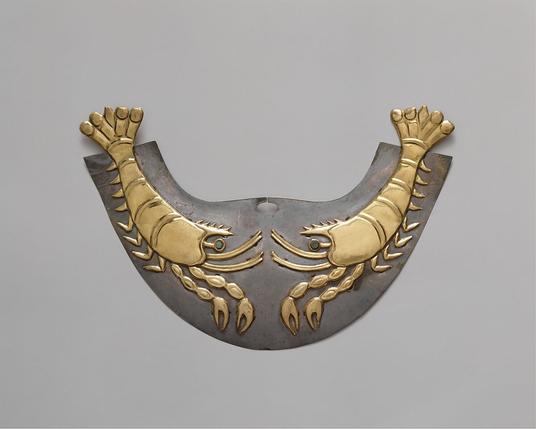The Toritos de Pukara are a traditional figure in Peruvian art, especially from the Puno region. These colorful bulls originated in the Pukara culture and are known for their vibrant design and protective symbolism. They are commonly used in regional festivals and ceremonies, representing fertility, prosperity.
Source:https://andeanperudiscover.com/en/
#ToritosDePukara #AndeanCulture #Puno #Peru #PeruvianArt #TraditionalArt #Symbolism #Fertility #Heritage #Andes #CulturalSymbols #Pukara
Source:https://andeanperudiscover.com/en/
#ToritosDePukara #AndeanCulture #Puno #Peru #PeruvianArt #TraditionalArt #Symbolism #Fertility #Heritage #Andes #CulturalSymbols #Pukara
